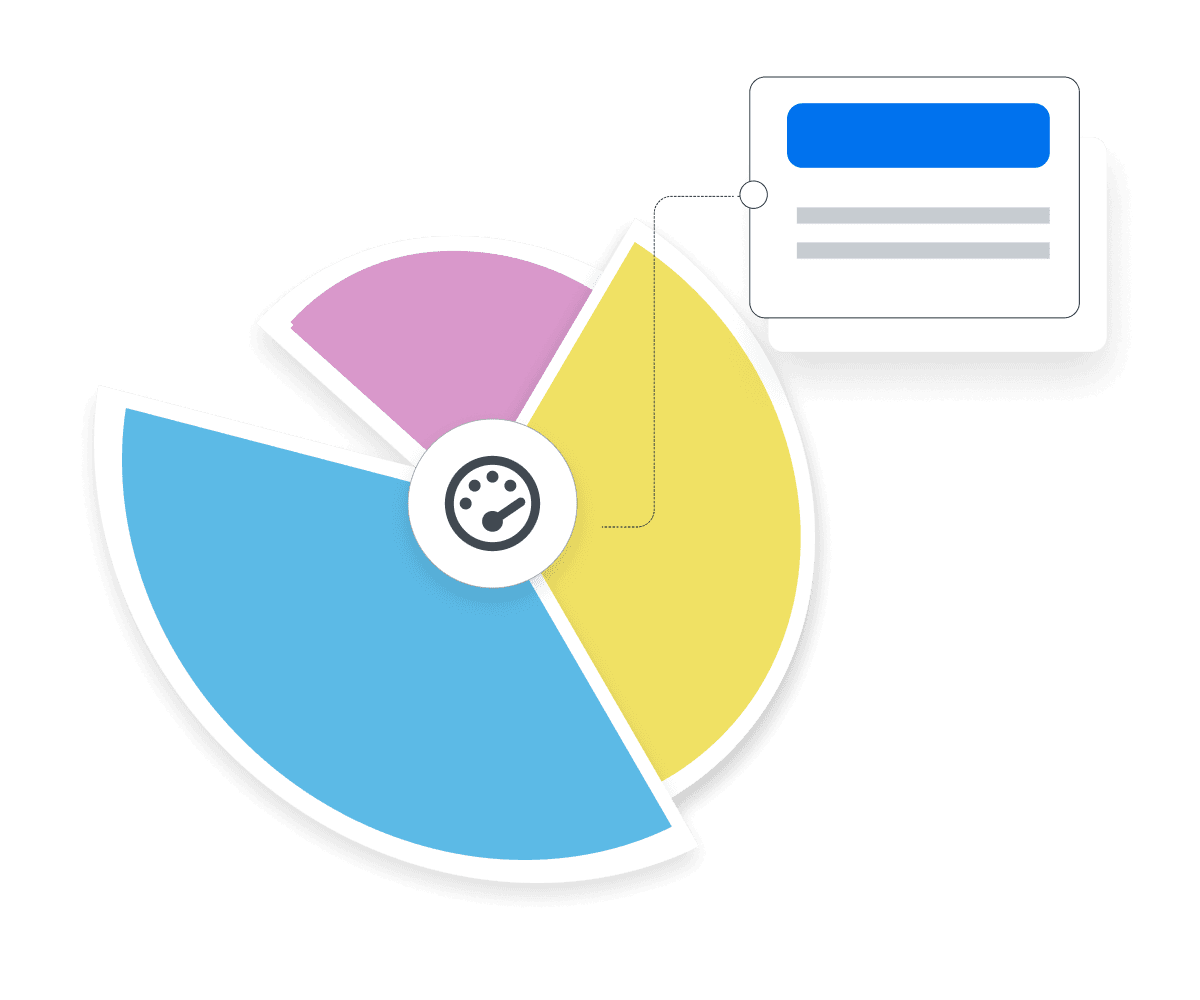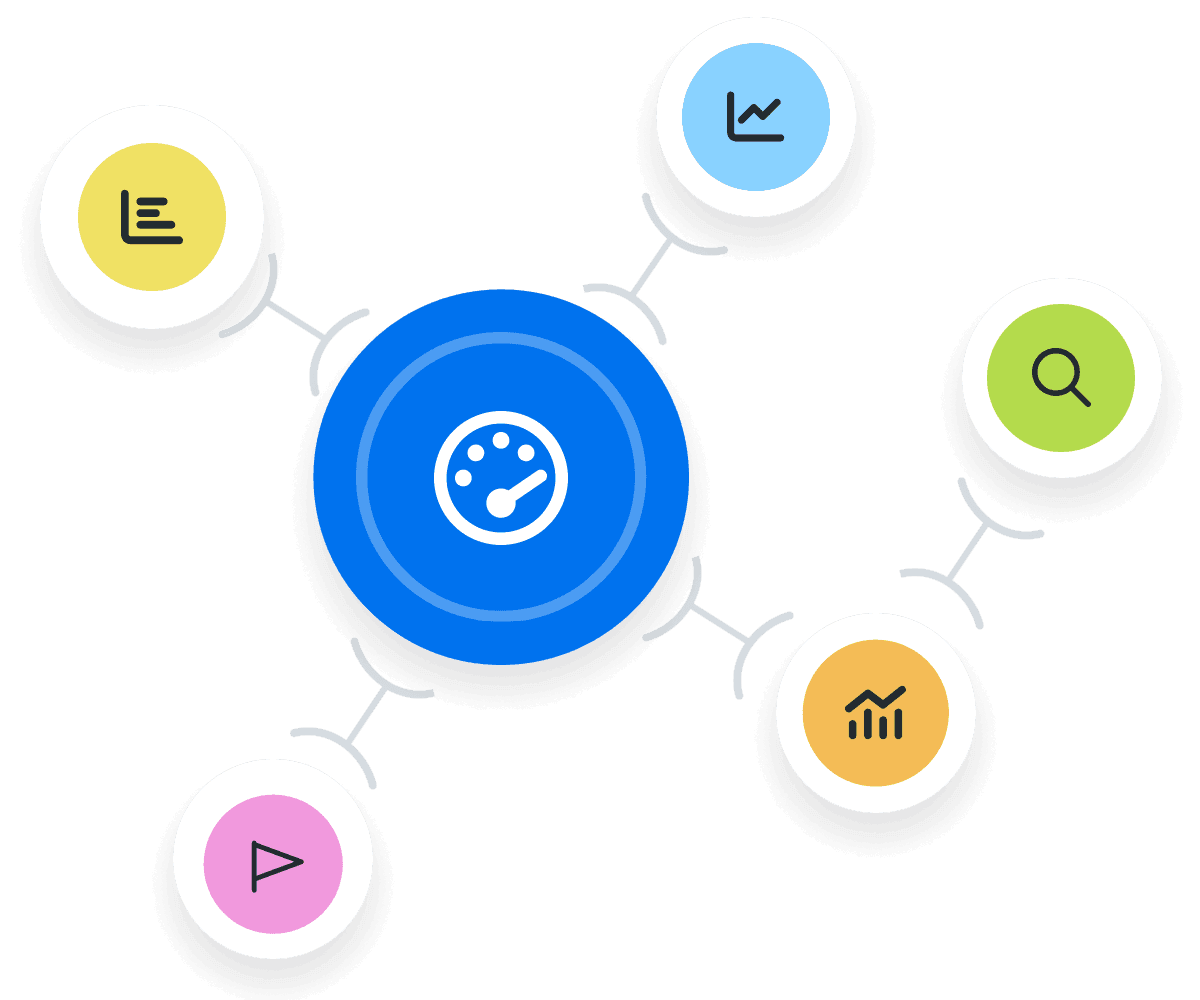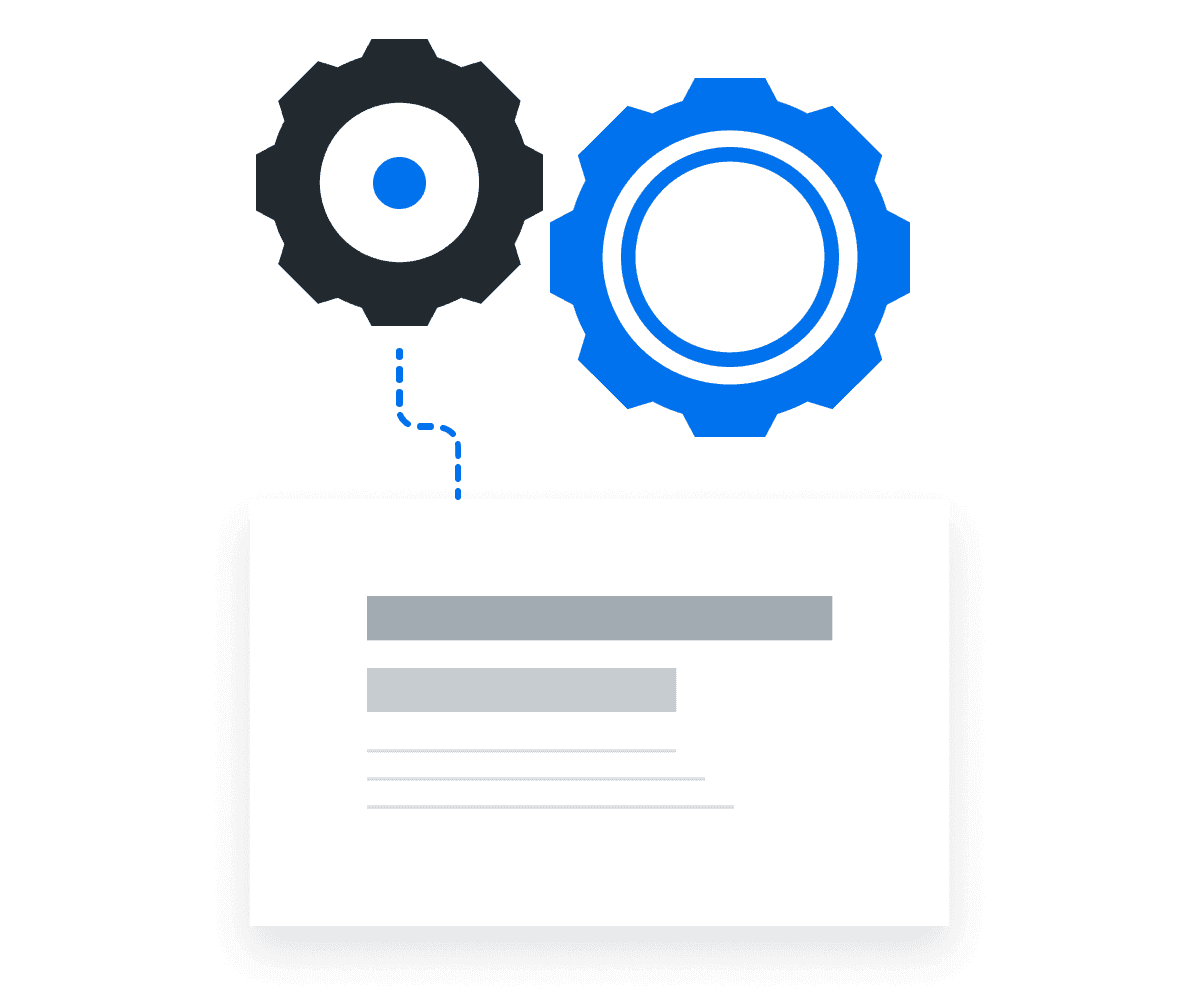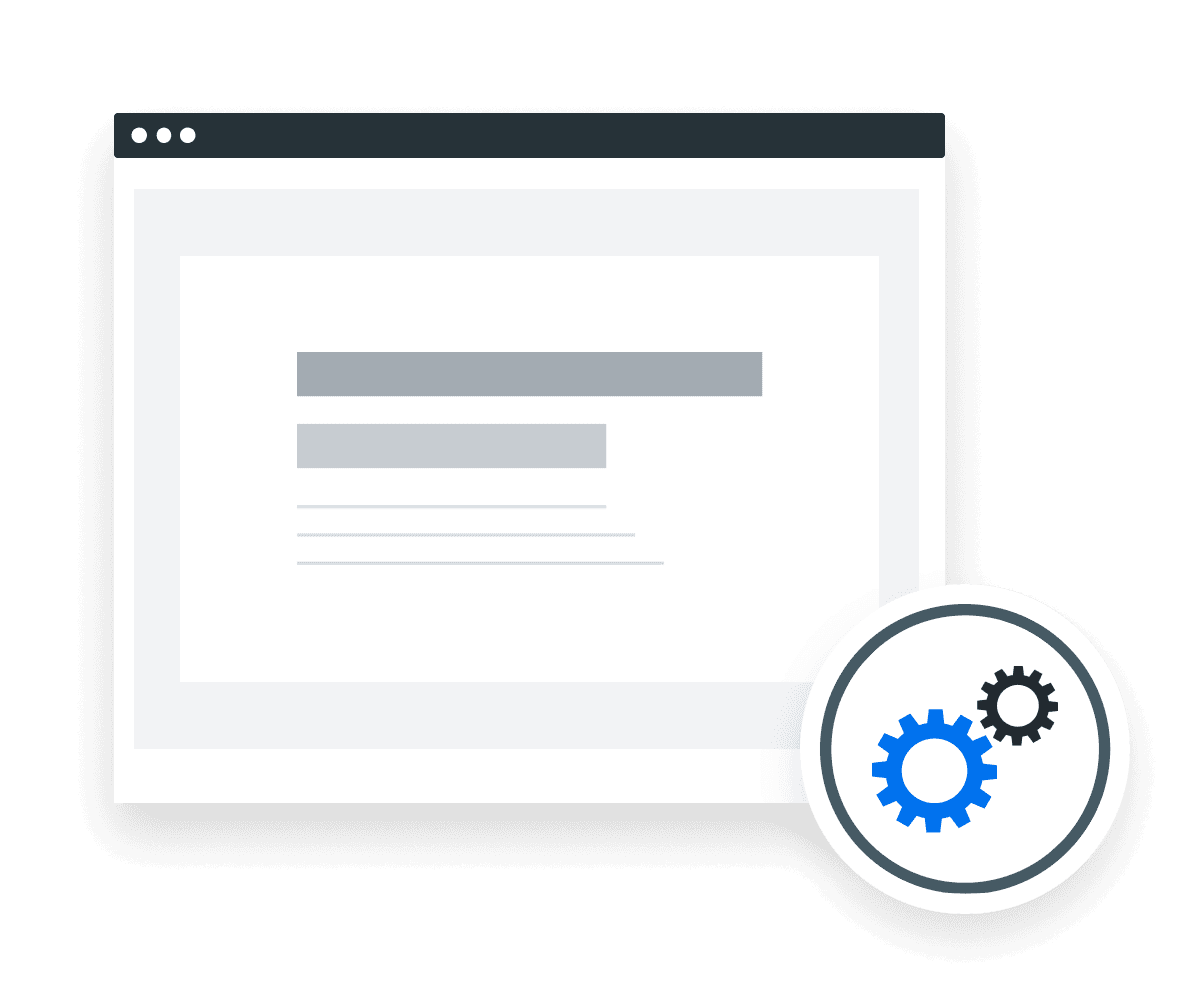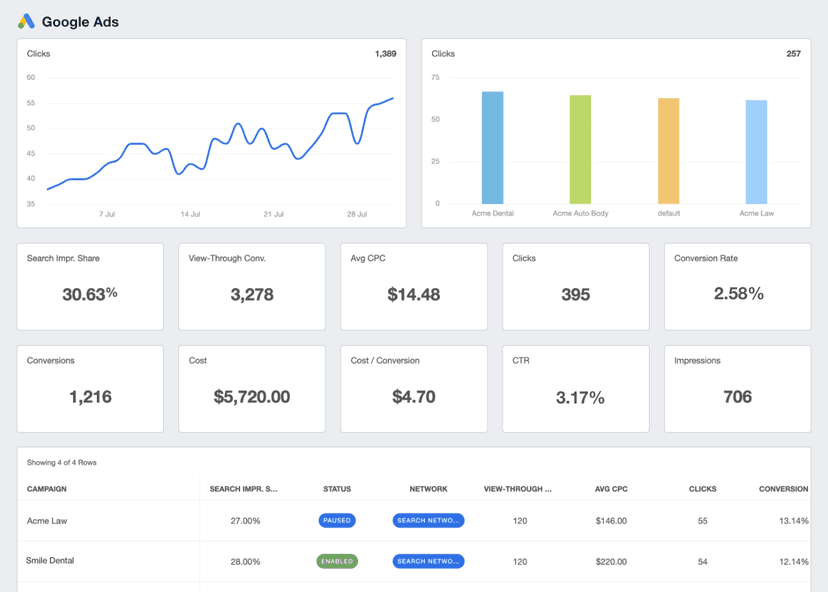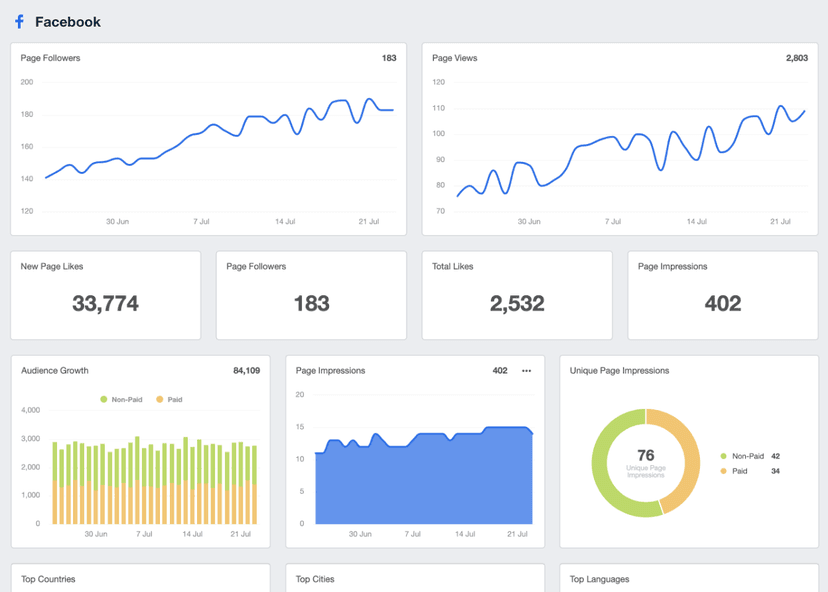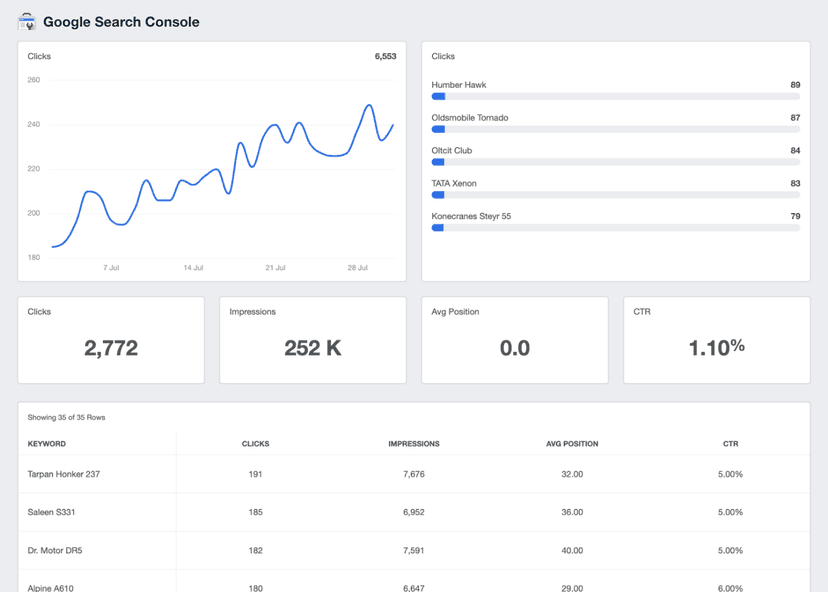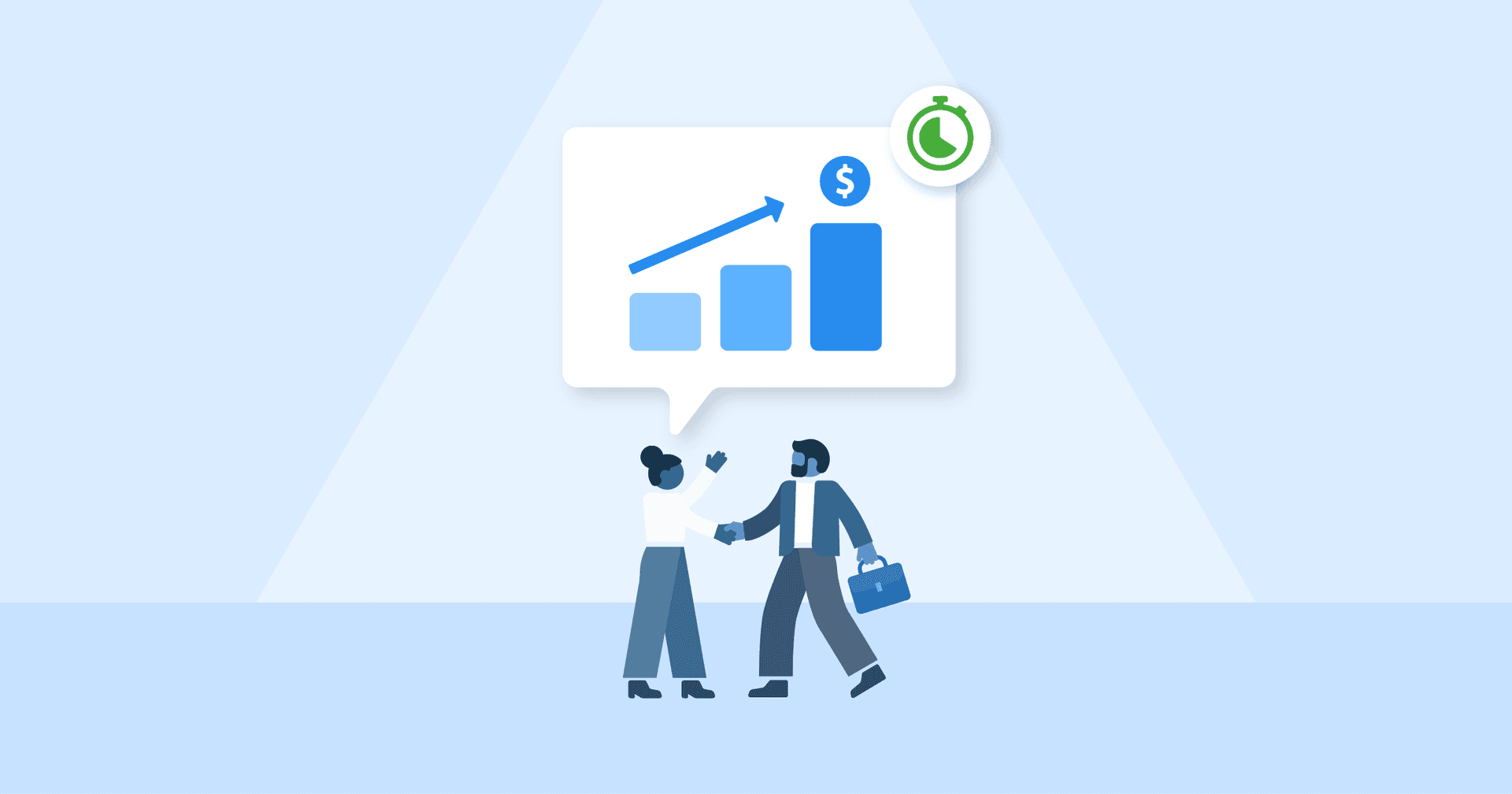Capital Expenditures (CAPEX)
Monitor Infrastructure Spend
Track capital expenditure on tech or office space.
Asset ROI
Evaluates if capital assets deliver the expected return.
Future Planning
Guide capital expense decisions for scaling operations.
Manage Depreciation
Control value retention of physical assets over time.
Why Capital Expenditures Are Key for Agency Expansion
Capital expenditures are critical for scaling a growing agency. Whether investing in technology or physical assets, CAPEX decisions shape long-term operational capacity. These expenditures directly influence the agency’s ability to deliver high-quality services and support more clients.
Tracking CAPEX also helps maintain financial health by aligning investments with future growth plans. By monitoring capital assets, agencies manage resources efficiently and ensure sustainable growth without unnecessary risk to their cash flow statement.
Invest in Better Client Reports & Reap the Long Term Rewards
How Capital Expenditure Relates to Key Agency KPIs
Capital expenditure (CAPEX) influences critical financial metrics that determine an agency’s economic health. CAPEX directly affects the company’s cash flow statement by reducing short-term liquidity while contributing to long-term growth through investments in fixed assets. Unlike capital expenditures, which are generally long-term investments, operating expenses (OPEX) represent day-to-day costs, making it essential for agencies to balance immediate operational needs with future-focused CAPEX investments.
Capital spending impacts asset values on the balance sheet, which play a critical role in assessing the overall financial position. Metrics like the Rule of 40 are also influenced by CAPEX, as excessive spending may reduce profitability. Therefore, it is essential to monitor CAPEX in relation to these KPIs. Tracking CAPEX alongside other metrics provides a comprehensive view of an agency’s financial performance.
Using Strategic CAPEX Investments To Boost Revenue and Mitigate Risk
Strategic capital investments do more than enhance internal operations–they directly impact revenue growth. By upgrading technology or expanding services, agencies increase billable work and client capacity, unlocking new revenue streams. CAPEX investments that align with growth goals allow agencies to deliver higher-value services and support more clients, driving top-line growth.
However, these investments come with risks. Rapidly evolving technology or market fluctuations may diminish the value of CAPEX over time. To manage these risks, agencies should focus on scalable, adaptable solutions that sustain long-term value, ensuring capital investments continue to support growth without compromising financial stability.
Top Factors To Consider When Investing in Fixed Assets
Several factors require careful consideration when planning a company’s capital expenditures. First, it is crucial to understand the balance between capital expenses and operating expenses. Capital expenses, such as investments in fixed assets, should align with long-term growth strategies while operating expenses cover the day-to-day costs of running the agency.
Depreciation expense also impacts the income statement over time. Ensuring that capital assets retain value and contribute to profitability is essential for financial stability. Lastly, reviewing how CAPEX affects cash flow and aligns with broader business goals is critical for sustainable growth. Properly planned capital expenditures support expansion without overburdening resources.
The Importance of Monitoring CAPEX Projects
Capital expenditures don’t end with the initial investment; ongoing performance monitoring is essential to ensure long-term success. Agencies should regularly review how CAPEX projects, like new technology or expanded office space, are performing against initial expectations. This helps identify whether these assets are delivering the desired ROI and contributing to revenue growth.
Tracking key metrics such as productivity improvements, maintenance costs, and utilization rates over time ensures that capital investments continue to align with growth goals. By periodically reviewing CAPEX performance, agencies make necessary adjustments to optimize asset use and avoid future overspending or underutilization.
If you know your costs, you can determine what profit you wish to make consistently. Once you know your cost and desired profit, it is a simple matter of expanding your leads and closing skills to land the quantity of customers you need to make your business profitable and growing.
How To Measure and Calculate Capital Expenditures
Calculating capital expenditures (CAPEX) involves analyzing changes in a company’s fixed assets over a period. To measure CAPEX, use the difference between the current and previous period’s fixed asset values, then add back any depreciation expense recorded on the income statement.
The CAPEX formula helps a marketing agency track how much it’s investing in long-term assets, like new software, office equipment, or technology upgrades. By calculating the difference between the agency's current and previous fixed assets (such as computers or servers) and adding back the depreciation expense, this formula shows the total amount spent on assets that support growth.
CAPEX Formula Example
What Is a Good CAPEX-to-Revenue Ratio?
A good CAPEX-to-Revenue Ratio typically falls between 4% and 8%, depending on the agency's growth stage. For established marketing agencies, a lower ratio may indicate a focus on maintaining operations, while a higher ratio reflects aggressive investments in scaling services and technology infrastructure for future growth.
What Is a Good CAPEX-to-Operating Cash Flow Ratio?
A healthy CAPEX-to-Operating Cash Flow Ratio is generally below 1.0. This indicates that the agency’s capital expenditures are manageable and do not overly strain operational cash flow. Ratios significantly higher than 1.0 may signal excessive spending, potentially impacting liquidity and financial flexibility.
How To Set CAPEX Investment Goals by Growth Stage
CAPEX investments should align with the agency’s growth stage and financial health. In the early stages, agencies typically focus more on investing in technology, physical infrastructure, and intangible assets to support rapid scaling. At this stage, CAPEX goals should be more aggressive, ensuring resources are available for expansion without jeopardizing free cash flow or increasing operating expenses too quickly.
CAPEX goals shift toward maintaining and optimizing existing assets for more mature agencies. Reviewing financial statements regularly helps ensure CAPEX investments are balanced with free cash flow to avoid liquidity issues. Agencies at this stage may focus on targeted investments that support long-term growth without overstretching resources.
Why Technology and Software Are Essential Capital Expenditures
Investing in technology and software is critical to an agency's CAPEX spending. Traditionally, software was not considered a capital expenditure, but this is changing. It can qualify as a CAPEX when purchased as a long-term investment–like enterprise software or systems integral to an agency’s operations.
Tools like marketing automation platforms, analytics dashboards, and CRMs are considered capital expenditures that improve productivity and enhance service offerings. These tools help agencies scale by managing more campaigns, automating tasks, and generating valuable insights for clients.
Why Office Equipment and Space Are Smart Capital Expenditures
Capital expenditures on computers, servers, and networking hardware ensure teams have the tools to operate efficiently and collaborate effectively. This type of PP&E (Property, Plant, and Equipment) expense supports day-to-day functions and allows for smoother scaling as client demands increase, reducing operational risks and improving service delivery.
Expanding or upgrading office space is essential for a growing agency. It gives teams room to thrive and increases productivity. With careful financial planning, these improvements fuel growth without stretching cash flow thin. Investing in the proper office setup enhances the agency’s ability to scale and deliver top-tier client results.
Why Intangible Assets Are Key for Growth
Intangible assets like intellectual property, trademarks, or acquisitions are also considered capital expenditures for a growing agency. These investments support long-term business growth by expanding service offerings, securing competitive advantages, and protecting valuable creative outputs. Intangible assets don’t always appear on a company’s balance sheet but play a critical role in the agency’s financial planning and strategy.
Intangible assets can be recorded on a company's balance sheet under certain specific conditions. For example, they typically need to be acquired or purchased rather than internally generated.
Discover the White Label Reporting Tool Trusted by {{customer-count}}+ Marketing Agencies
Best Practices When Planning Capital Expenditures
Careful planning of CAPEX investments supports operational efficiency, reduces unnecessary operating expenses, and maximizes fixed asset value. Whether upgrading technology, expanding physical space, or acquiring intangible assets, understanding how CAPEX impacts cash flow, depreciation expense, and long-term profitability is crucial for scaling effectively without overstretching financial resources.
Align CAPEX With Strategic Goals
Ensure that capital expenditures are directly tied to long-term business objectives. This alignment guarantees that investments in fixed assets or technology are made to support growth, productivity, or client satisfaction. By linking CAPEX with strategic initiatives, agencies avoid unnecessary operating expenses and better track how these investments impact profitability.
Balance CAPEX and Cash Flow
Maintaining a healthy balance between CAPEX spending and available cash flow is essential. Excessive CAPEX investments strain liquidity and negatively affect the company’s ability to cover short-term operating expenses. Careful financial planning ensures that growth investments don’t impede daily operations or compromise financial stability.
Monitor Depreciation Expense
Tracking depreciation expense is critical to understanding the long-term value of capital assets. Correctly accounting for depreciation allows agencies to budget for future replacements and ensures that they don’t overestimate the value of their PP&E. Monitoring this closely helps avoid unnecessary operating expenses as equipment ages.
Prioritize High-Impact Investments
Focus CAPEX spending on investments that deliver the most significant return on investment (ROI). Upgrading core technology or expanding capabilities that directly enhance client services or operational efficiency should take priority. This approach maximizes the benefits of capital expenditures while minimizing unnecessary costs.
Plan for Future Scalability
When investing in physical or intangible assets, always consider future scalability. Ensuring that capital expenditures will support additional client growth or service expansion saves time and money down the road. Scalable investments help avoid the need for rapid reinvestment, which strains cash flow.
Track CAPEX on Financial Statements
Regularly reviewing CAPEX alongside operating expenditures on the company’s financial statements provides a clear view of how capital spending impacts overall financial health. Understanding the relationship between CAPEX and key metrics like free cash flow and operating expense ensures smarter decision-making and long-term growth sustainability.
Invest in Client Reporting and Grow Your Agency
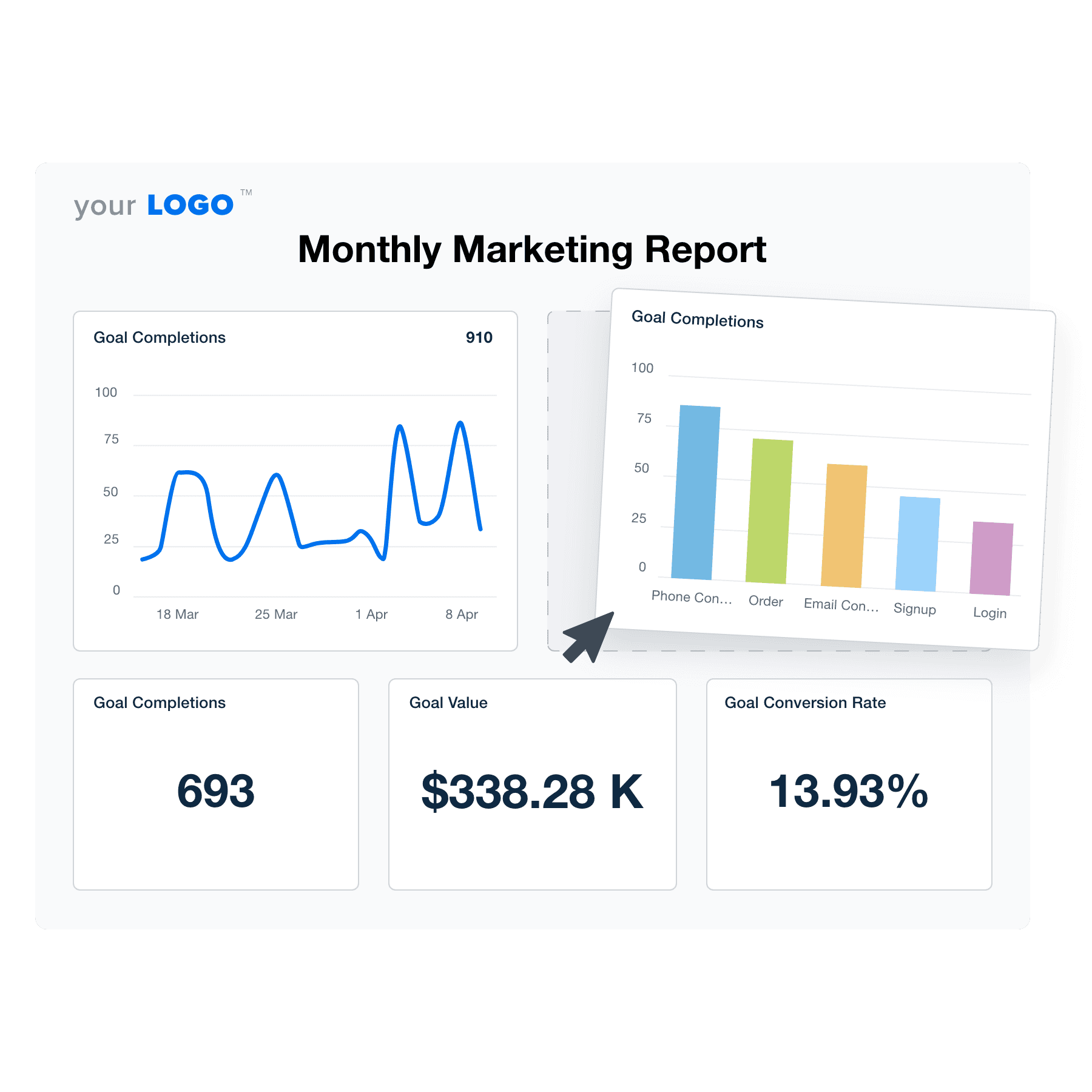
Related Integrations
Practical Tips for Optimizing Capital Expenditures
Optimizing capital expenditures is essential for driving sustainable growth while maintaining financial health. These five tips offer practical ways for agencies to ensure their CAPEX investments are strategic, efficient, and aligned with long-term objectives.
Measure CAPEX ROI
Set regular intervals to review the return on investment for CAPEX projects. Revisiting CAPEX ROI helps identify underperforming assets or investments that no longer align with the agency’s current goals. This ensures funds are always allocated to the areas offering the highest impact.
Adopt a Phased Approach
Instead of making large, lump-sum CAPEX investments, consider a phased approach. Spreading investments over time reduces financial strain and allows the agency to assess the effectiveness of each phase before moving forward. This method provides more flexibility and reduces cash flow pressure.
Leverage Tax Benefits
Take advantage of tax deductions and tax incentives. For example, depreciation expense offers significant tax-saving opportunities over time, reducing the overall cost of capital investments. Exploring these benefits helps agencies make smarter financial decisions.
Related Blog Posts
See how 7,000+ marketing agencies help clients win
Free 14-day trial. No credit card required.


